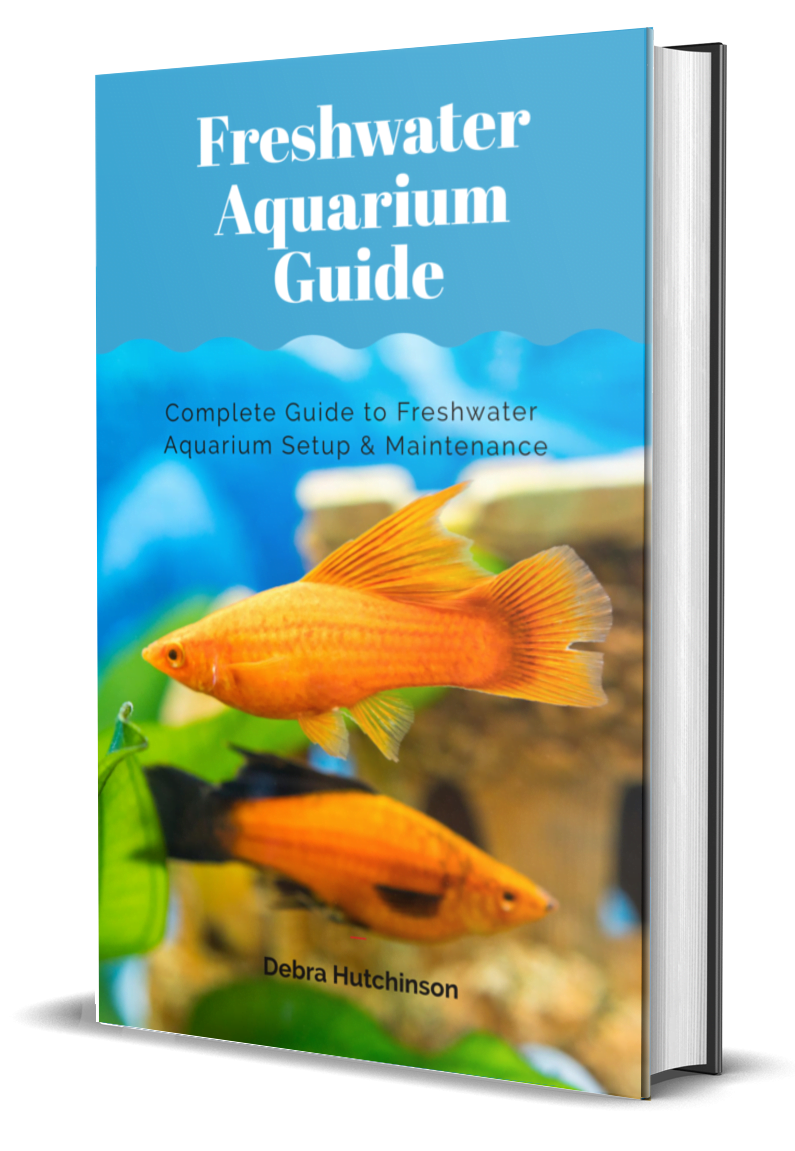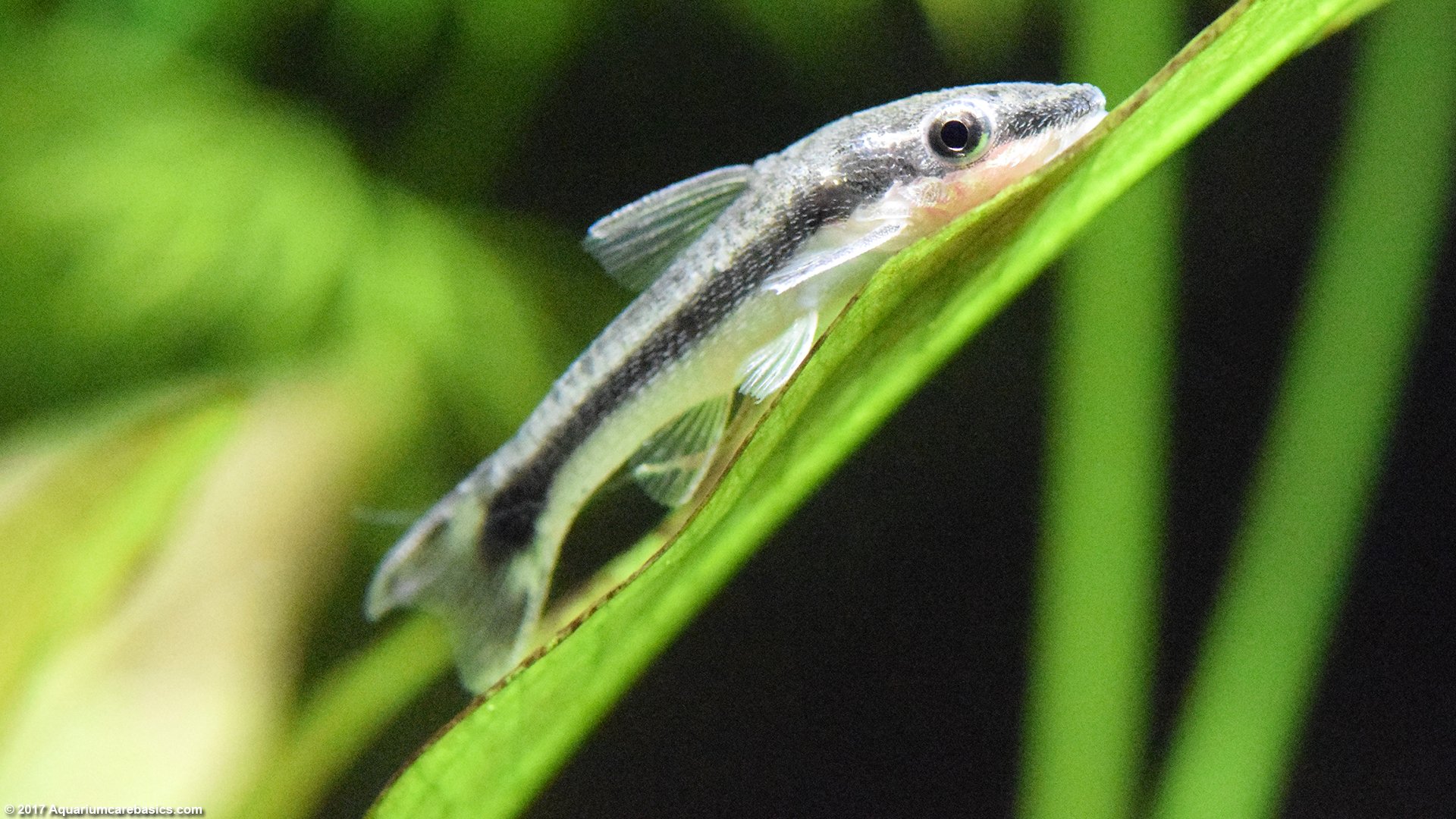 Otocinclus is a popular aquarium catfish which often feeds on algae. Popularly known by the name ‘Algae eaters’, it is difficult to breed them in captivity as only the wild ones are available to hobbyists. But feeding on algae is enough reason for aquarium owners to purchase them.
Otocinclus is a popular aquarium catfish which often feeds on algae. Popularly known by the name ‘Algae eaters’, it is difficult to breed them in captivity as only the wild ones are available to hobbyists. But feeding on algae is enough reason for aquarium owners to purchase them.
Also, they are small, affordable and fun to watch. On the other hand, they are the only algae-eating fish which can stay in small tanks and stick to algae diet till adulthood.If you are one of those people who have a busy, unplanted and exuberant fish tank with a large number of organisms inside, I would suggest you to get one Oto.
However, the only drawback that comes with these fishes is their maintenance. Otos might be small but they require special attention. Otos function well only in clean water so if you get one, you will need to take care of your water quality management.Must Read: How to clean your Fish tank ?
If you don’t think otos will be suitable for your tank, you can go for Siamese Algae Eaters or Ancistrus/Bristlenose which can stand more varied conditions and disruptions than Otos.
Pros
- Small sized and peaceful
- Affordable
- Hardworking algae-eaters
- Characterful
Cons
- Delicate at the beginning – Thus take time to settle in aquariums.
- You will need to get at least 6 of them to make them feel at home.
- Vulnerable to big and aggressive fish.
- Require clean water to function – no ammonia, nitrite or nitrates.
- Have been accused of feeding on slime of algae and discus.
OTO ID
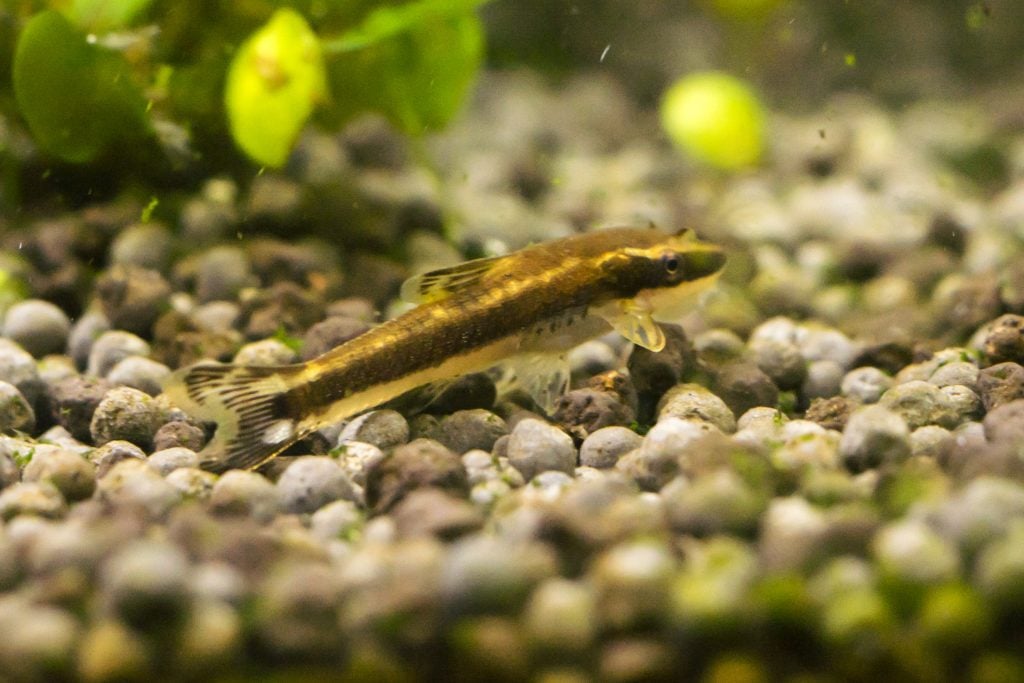
Otocinclus have 20 species with slightly any difference. They are sucker-mouthed catfish which grows almost 2 inches long, not more than that.
They come in green, brown and grey coloration with dark horizontal stripes down to their flanks. Otos' shape is streamlined and they resemble sharks.
Since all the Otos are similar-looking, I have listed below the key to tell the difference between them which is the detail of tail markings.
The most common species are:
- Otocinclus vittatus – Common Oto, Dwarf sucker, Oto cat, Oto
- Otocinclus macrospilus – Common Oto, Dwarf sucker, Oto cat, Oto
- Otocinclus cocama – Zebra Oto
- Otocinclus affinis – Golden Oto
- Otocinclus Marie – Dwarf Oto
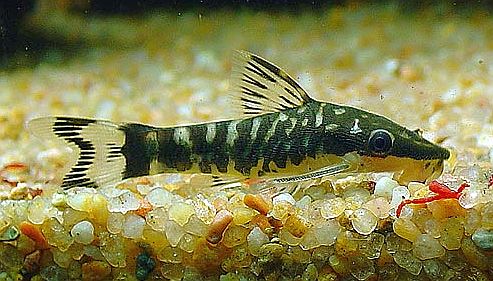
The most special Oto species is the Zebra Oto as it sports smart and has vertical stripes just like that of a Zebra.
WILD OTOS
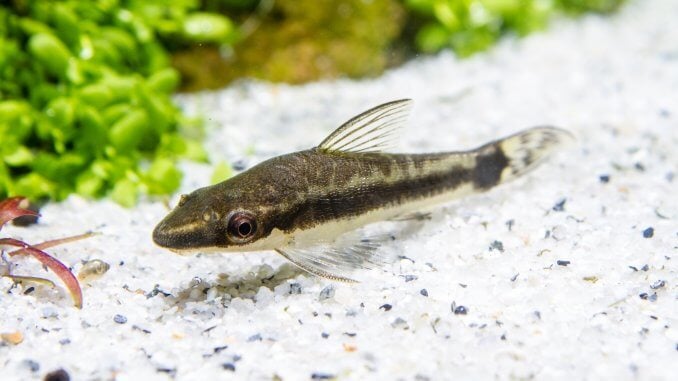
Otos are popular for their wild swim in big shoals, mingling with Corydoras. They are South American from Columbia, living in the North to Argentina in the South.
They are known for spending their time cruising the fast flowing streams and rivers. They feed on aufwuchs which is the slimy coating on the leaves of aquatic plants.
It is composed of diatom algae and also includes animals like rotifers, protozoa and mini crustaceans.
IN-TANK CHARACTER
Like I have said before, Otos are fun to watch. Reportedly, many aquarium owners share a good relationship with them. The only thing you need to take care of with Otos is to allow them to do a little shoaling.
Otos are not nocturnal at all. However, if you push them in a small-sized aquarium you will get to see a lot of them but in a large and peaceful environment, you will see more of them only in daylight.
They spend their time feeding on leaves and bogwood. Though Otos are a peaceful species, there are reports of them attaching themselves to deep bodied fish like Discus and Angelfish. So it is advisable not to house Otos with slow, deep-bodied fishes.
Good Tank Mates
- Small Tetras
- Small Rasboras
- Corydoras
- Amano or Red Cherry Shrimp
Bad Tank Mates
- Discus
- Angelfish
- Any fish which is aggressive or territorial
WATER QUALITY
As I have already told you, for Otos, cleanliness is more important than pH level or temperature. If you filter your tank properly and keep feeding sensible then the only issue left is keeping the nitrates low.
Healthily growing plants can help you with this but your main tool will be to change the water. Majority of the plant tank keepers favor 30% or greater water changes a week which suits the Otos well.
- +pH -6.0 to 7.5
- Temperature -70 to 78 degree F
- Fully cycled tank – no ammonia or nitrate
- Very low nitrate levels are optimal <20ppm
INTRODUCING OTOS TO YOUR TANK

It is true that there is an issue with Otos settling down to the new aquarium after brought home. This is because they are small and timid and need clean water to survive.
But they are badly worn down by the catching, shipping and pet store experience.
It means that the Otos you see at pet stores are all wild-caught.So here are some tips that might come handy if you get Otos for your fish tank:
- Provide them with good quality food in right quantity.
- Don’t stress to clean up all the algae, let the Otos help.
- Invest in an assimilation kit or make your own.
- Make sure the water is pristine.
TANK, EQUIPMENT AND DECOR
Normally people buy Otos just to help their tank with algae problems. They don’t care about Otos’ health which is a shame. So if you are not among those people and care about your pet, here are some tips to keep in mind:
- TANK SIZE
As Otos are timid fish, you need to get at least 6 of them to function properly. So obviously, a nano sized tank won’t be the right choice. I suggest you to get a minimum 10-gallon tank. It will make it easier to keep the water conditions stable.
Must Read: Comprehensive buyers guide of choosing aquarium fish tanks
[amazon bestseller=”10 Gal Aquarium” items=”5″ template=”list”]
- EQUIPMENT
Water quality is vital for Otos so you will have to get a filter system as well. A right-sized canister filter is a good choice as you can pack with biological media. In addition, it provides a strong water flow which Otos enjoy.
- TANK HARDSCAPE
Otos have a sensitive sucker mouth which you should protect by avoiding sharp surfaces of tank. For it, a substrate of rounded gravel or soft sand is right.
Stones should be limited as you want to have more plants but vertical pieces of slate that attract algal growth can be kept. Keeping bogwood is a great choice.
- PLANTING
I would suggest you to get some slow growing plant species for your tank like Java Fern, Anubias, Cabomba and Echinodorus.
[amazon bestseller=”floating plants for aquarium” items=”5″ template=”list”]
Must Read: Best Low-Maintenance Floating Plants For Beginners
FEEDING
Algae! Otos love the exotic sounding aufwuchs which they feed on in their native rivers. They feed on a diet heavy on plant material than animal protein.
However, no matter how much they have algae to feed on, you will be putting them in risk if you don't offer them additional food.
BREEDING
Otos breed in similar fashion to Corydoras which lay groups of 3-6 eggs on plant leaves, bogwood or in the aquarium glass. Breeding Otos in your tank would be a great thing. However, there is no particular stimulus for spawning. Although some breeders have reported that it is seasonal.
Lastly, I would like to say that Otos are lovable species. They might be a bit high-maintenance but they are the most calm creatures. You will have to go an extra mile for them if you want them to give their best shot. So there are equal good and bad reasons to buy Otos.
You can offer them some fresh plant material like cucumber, spinach and zucchini. But remember to wash them well beforehand as Otos are allergic. Other things that you can give them are Algae wafers and Catfish pellets.
Topics Covered

